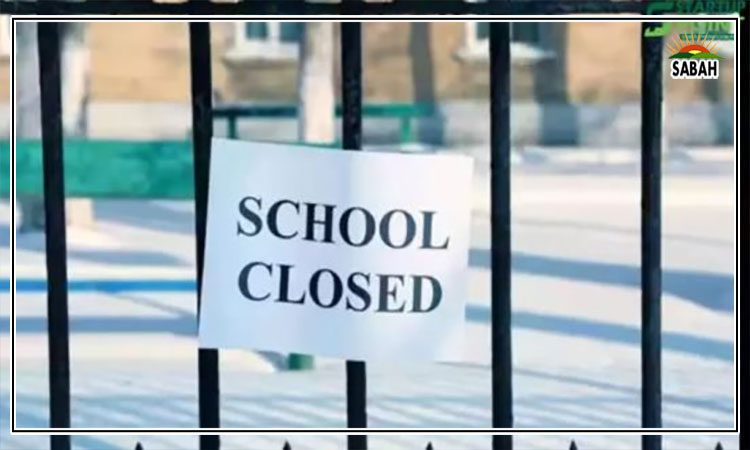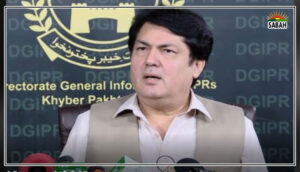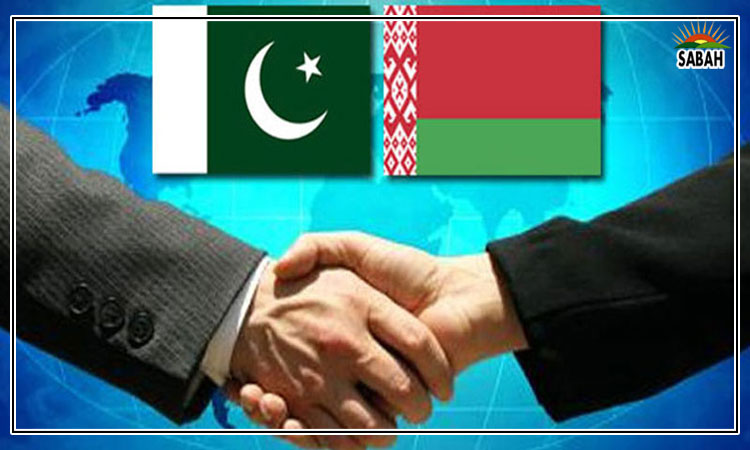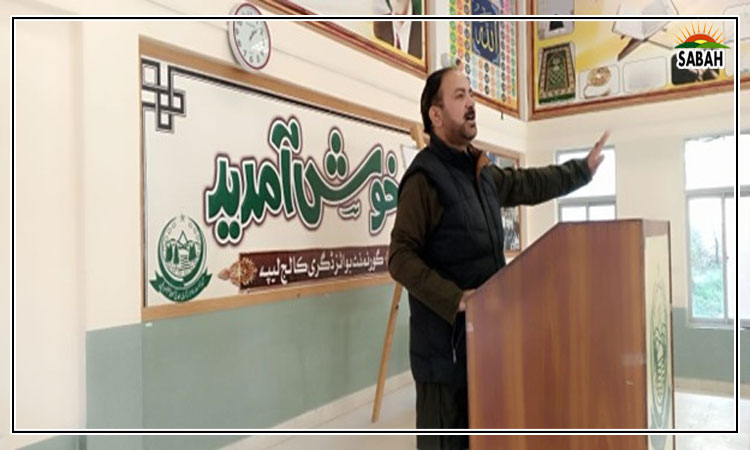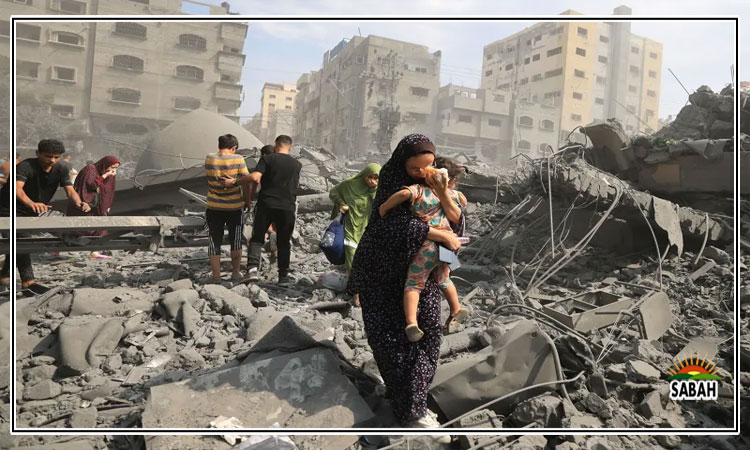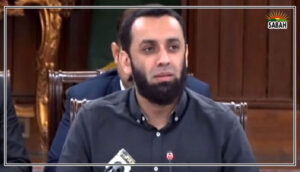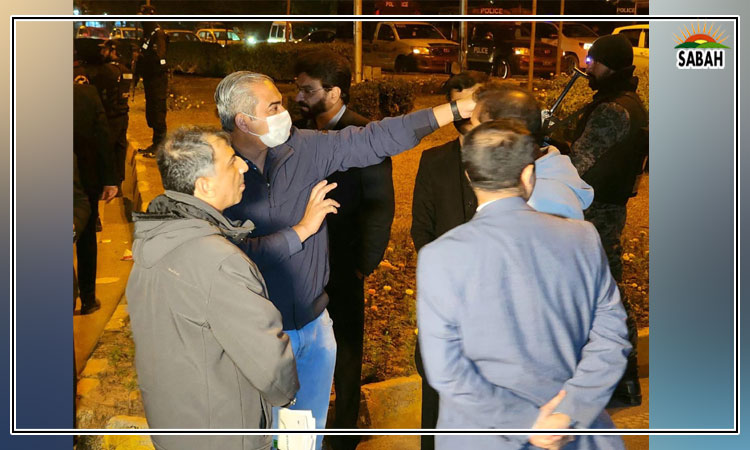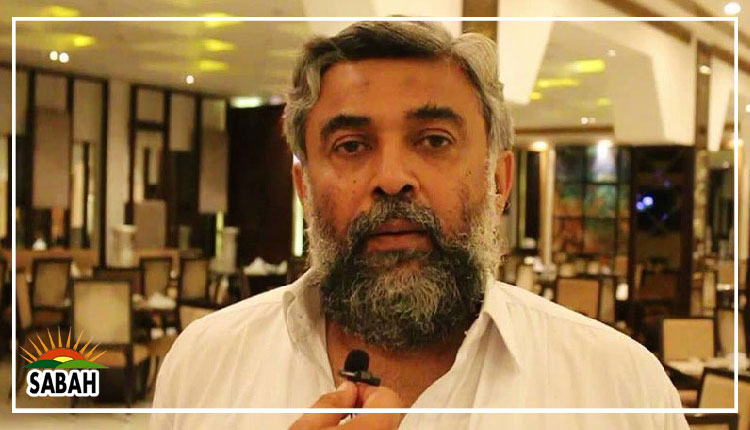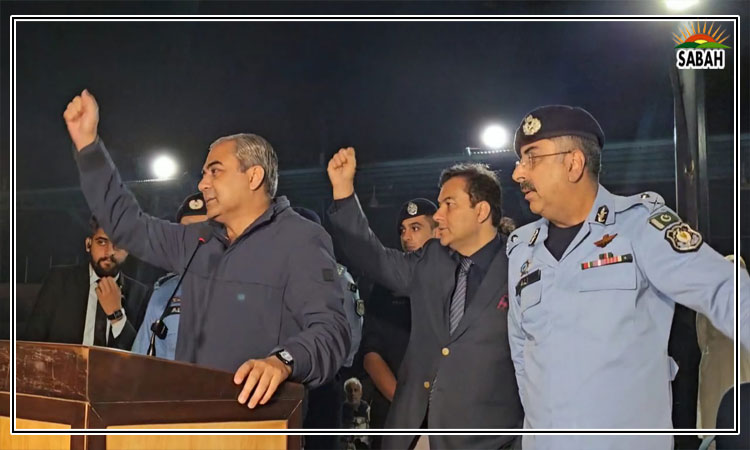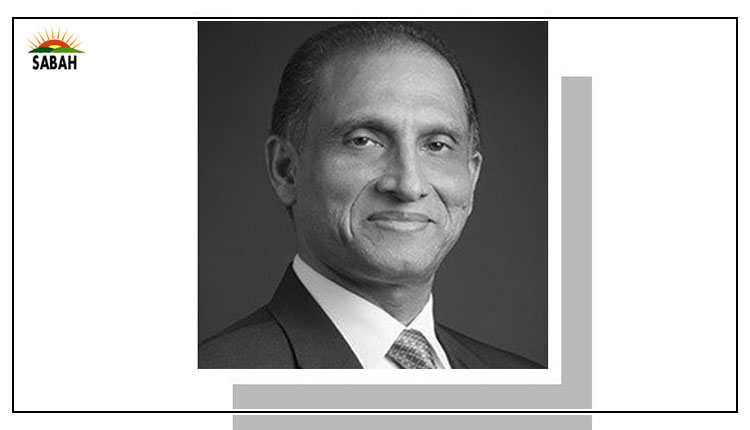India’s fault lines…Aizaz Ahmad Chaudhry
PAKISTAN is passing through a challenging time. A divisive and polarising politics, economic uncertainties, and the continuing threat of violent extremism are some of the fault lines that impede the countrys path to stability.
India, on the other hand, seems to be politically stable and economically well-off. However, if one were to scratch this veneer of stability, we could see serious fissures appearing in Indian society. As the country continues its march towards becoming a Hindu state driven by its Hindutva ideology, multiple fault lines have emerged in Indian society, which have deepened in the past one decade under BJP rule.
The first fault line is the growing discrimination against minorities, particularly Indian Muslims. Prof Christophe Jaffrelot at the Centre for International Studies and Research in Paris, recently carried out an extensive study on the plight of Indian Muslims under the Hindutva regime.
Based on ethnographic studies and interviews of victims, Jaffrelot found that the representation of Muslims in Indias civil service, police or government jobs was far lower than the proportion of their numbers (14.5 per cent of Indias total population). Muslim representation has drastically come down in the national and state assemblies under BJP rule. The number of Muslim graduates is declining, particularly in northern India. Sadly, Indian Muslims were only in a majority in jails.
Indian Muslims are worried about saffron vigilante groups and the rising intolerance towards Muslim icons. The attempt to convert Indian-occupied Kashmir from a Muslim-majority into a Muslim-minority area is also part of the wider discrimination against Muslims. Clearly, India is speeding away from a secular, pluralistic democracy towards a Hindu majoritarian raj.
Space for minorities continues to shrink in India.
The second fault line is the continuing discrimination against the Dalits, the low-caste Hindus; the system appears to favour the Brahmins, the upper-caste Hindus. The caste system has been an integral element of Indian society over millennia. It was officially abolished in 1951, but the social hierarchy continues to dominate Indian society. The Brahmins sit atop this hierarchy, which includes Kshatriyas (warriors), Vaishyas (merchants), and Shudras who are supposed to be labourers, and are sometimes called achhut, untouchables, or Dalits. The scheduled castes (Dalits) or scheduled tribes (Adivasis), which together constitute over 25pc of Indias population, endure systemic social isolation and marginalisation, live in slums, and are obliged to do menial jobs.
Under a study supported by The Gates Foundation in 2017, it was revealed that of all those employed in the sanitation and cleaning work in India, 90pc belong to Dalit sub-castes. In most cases, they are underpaid, and not provided essential protective gear. According to a CNN study carried out in 2020, Dalits were the most vulnerable victims of the Covid-19 pandemic because of their susceptibility to viruses, as they had little to no access to education and health services and were at the bottom of the economic hierarchy.
There are exceptions, such as the late Dr Ambedkar, who despite facing discrimination in early life as a Dalit, rose to become the father of the Indian constitution. He strongly advocated for abolishing the caste system, and later converted to Buddhism, ostensibly to be part of a more egalitarian religion. Rajesh Saraiya, the richest Dalit, runs a successful steel business. But these are exceptions.
The third noticeable fault line is the growing divide between north and south India. The major grievance for the southern states (Tamil Nadu, Kerala, Karnataka, Telangana, Andhra Pradesh) is that they contribute more to the Union budget than they receive, whereas the northern states, particularly UP and Bihar, receive far higher returns. In many respects, the southern states have excelled over northern India. These states have a greater degree of religious harmony, are economically doing better, excel in providing IT services, and enjoy lower population growth, which over time has reduced their representation in the Lok Sabha. There is emerging chatter about the possibility of these states forming a country of their own, which recently evoked a heated debate in the Rajya Sabha.
Since 2014, the Modi regime has been steering India towards the path of a Hindu majoritarian nation, where space for minorities including Muslims and Christians is shrinking, while low-caste Hindus continue to suffer. The answer to whether they can ever reverse these discriminations is not yet apparent. However, it is clear that these fault lines could potentially create considerable commotion within Indian society if positive action is not taken to address these societal distortions.
Courtesy Dawn



